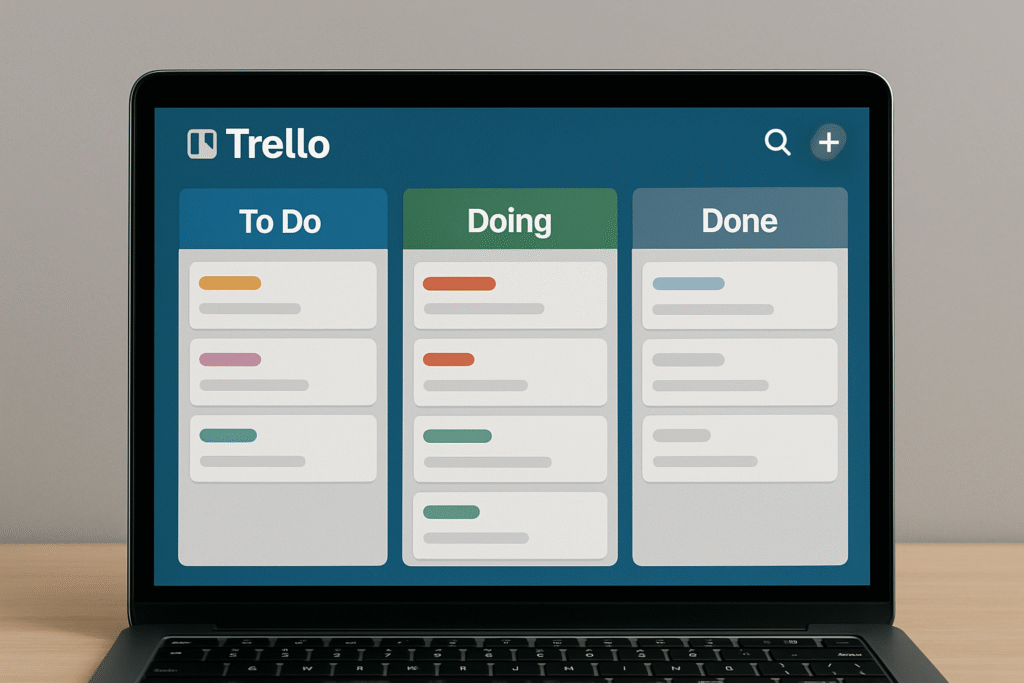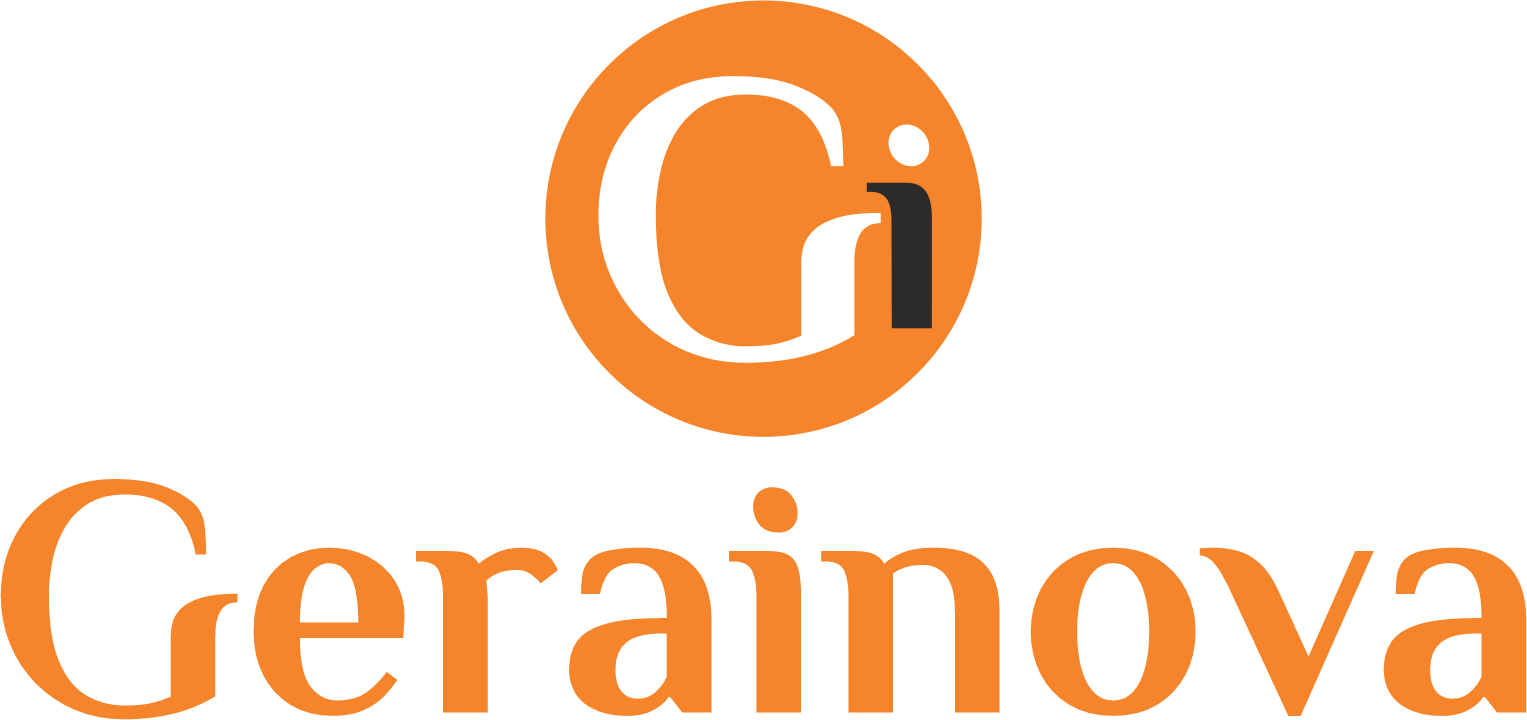In today’s fast-paced work environment, staying organized is essential for productivity. Whether you’re managing a team, handling freelance projects, or simply trying to keep your daily responsibilities in check, having a clear and efficient task management system is key. Trello is one of the most popular and accessible tools for organizing tasks, thanks to its visual layout and user-friendly interface.
This guide will walk you through how to effectively use Trello to manage your work tasks, boost your productivity, and streamline your workflow—no matter what kind of work you do.
Understanding the Trello System
Trello is based on a digital version of the Kanban system, a workflow management method that uses boards, lists, and cards. At its core, Trello allows you to create visual boards for any project, where you can track tasks and progress through a simple drag-and-drop interface.
Each board represents a project or a workspace. Inside each board, you create lists, which represent stages in your workflow—such as “To Do,” “In Progress,” and “Completed.” Then, you populate each list with cards, which act as individual tasks or items.
What makes Trello stand out is its flexibility. You can customize boards for virtually any purpose—content creation, client management, software development, marketing campaigns, or personal productivity.
Setting Up Your First Trello Board
To get started, create an account and set up your first board. Give it a name that matches your project or workflow. For example, if you’re managing content production, name it “Content Calendar” or “Marketing Workflow.”
Next, create your workflow lists. A standard setup might include:
- Backlog
- To Do
- In Progress
- Review
- Completed
Each of these lists helps you visualize where your tasks stand in the pipeline. You can add or rename lists according to your needs.
Now, start adding cards to the lists. Each card should represent a specific task or responsibility. For example, a card might be titled “Write blog post for Monday” or “Prepare slide deck for presentation.”
Customizing Cards for Productivity
One of Trello’s most powerful features is the ability to customize cards. When you click on a card, a window opens where you can add a variety of useful elements:
- Descriptions to detail the task
- Checklists for subtasks or steps
- Due dates to set deadlines
- Labels to categorize and color-code tasks
- Attachments to upload files or link documents
- Comments for updates or collaboration
- Members to assign responsibilities
With these options, a single card becomes a self-contained mini-project with all relevant information.
Managing Tasks as a Team
Trello is excellent for solo use, but it truly shines when used for team collaboration. You can invite team members to your board and assign them to specific cards. Each person will receive notifications when they’re assigned to tasks or when due dates approach.
In a team setting, communication happens directly on the cards, reducing the need for constant emails or chat messages. Team members can tag each other in comments, upload revisions, and check off completed items in real time.
This setup works exceptionally well for remote teams, freelancers collaborating with clients, or departments coordinating multi-step workflows.
Organizing Multiple Projects
If you juggle different projects, you can create separate Trello boards for each one. For instance, you might have:
- A board for client work
- A board for internal projects
- A board for daily to-do lists
- A board for long-term goals
This allows you to compartmentalize your tasks without cluttering a single space. You can also link related boards using Trello’s advanced features, making it easy to switch between workspaces as needed.
Using Labels and Filters
To stay organized as your boards grow, make good use of labels. Labels act like tags and can be customized with names and colors. You might create labels such as:
- High Priority
- Low Priority
- Waiting on Feedback
- Design
- Copywriting
- Development
Once your labels are in place, you can filter your board to only show cards with specific labels. This is useful when you’re focusing on one type of task or when you’re trying to locate high-priority items quickly.
Tracking Progress and Deadlines
A key part of task management is staying on top of deadlines. Trello allows you to set due dates on cards, and will send reminders as the deadline approaches. You can view cards by due date using calendar views or by filtering.
Many users like to create an additional list called “This Week” or “Urgent” to temporarily house cards that are due soon, keeping them visible and actionable.
Another way to track progress is to create a checklist within each card. This is especially helpful for tasks with multiple steps or for processes that require approvals and feedback.
Enhancing Trello with Power-Ups
Trello includes optional add-ons called Power-Ups that extend the platform’s functionality. Some popular Power-Ups include:
- Calendar View: Visualize cards by due date on a calendar
- Timeline View: Organize tasks by phases or sprints
- Google Drive: Attach files directly from your Drive
- Card Repeater: Automatically repeat recurring tasks
- Voting: Let team members vote on ideas or content
These Power-Ups help you transform Trello into a tailored workspace that fits your unique workflow.
Automating Tasks with Butler
Trello also offers automation through a built-in tool called Butler. Butler lets you create rules that automatically handle repetitive actions. For example, you can set up rules such as:
- Move a card to “In Progress” when it’s assigned to someone
- Archive cards that are marked as completed after three days
- Add a checklist every time a card is added to the “To Do” list
This automation saves time and reduces human error, especially in large teams or busy workflows.
Tips for Organizing Your Workflow Like a Pro
Here are some practical tips to help you get the most out of Trello:
Use a Consistent Naming Format
Use clear, consistent names for your cards so they’re easy to scan. For example:
- [Client] Logo Design – Phase 1
- [Team Meeting] Agenda for Friday
Create Templates
If you have recurring tasks, turn a card into a template. You can then copy it anytime you need to reuse that structure.
Add a “Reference” List
Use a separate list to store resources, important links, or SOPs (Standard Operating Procedures) that your team frequently uses.
Use Emojis Strategically
Add emojis to lists or cards to make your boards more visually engaging and easier to navigate.
Keep It Simple
Don’t overcomplicate your board with too many lists or rules. Keep it lean, especially if your team is new to Trello.
Using Trello Across Different Work Roles
Trello is versatile enough to suit different industries and work styles:
For Project Managers
Trello helps you keep track of project phases, allocate resources, and ensure team members meet deadlines.
For Freelancers
You can manage multiple client projects in one place, track deadlines, and organize deliverables.
For Designers and Developers
Use Trello to coordinate handoffs, manage sprint tasks, or track feature development and bug fixes.
For Marketers
Trello boards are ideal for editorial calendars, campaign planning, social media management, and team collaboration.
For Admins and Coordinators
Use it to schedule meetings, manage tasks, organize events, or maintain an operations checklist.
Trello on the Go
Trello’s mobile app is available for both Android and iOS, so you can manage tasks from anywhere. Whether you’re traveling, attending meetings, or working remotely, your workflow stays intact.
You can also receive push notifications for card activity, which is helpful for staying on top of time-sensitive tasks.
Conclusion: Visual Clarity, Flexibility, and Focus
Trello is more than just a task manager—it’s a visual productivity platform. It gives you a clear view of your work, encourages collaboration, and scales with your needs. Whether you’re an individual professional or part of a large team, Trello can adapt to your goals and help you get more done with less stress.

